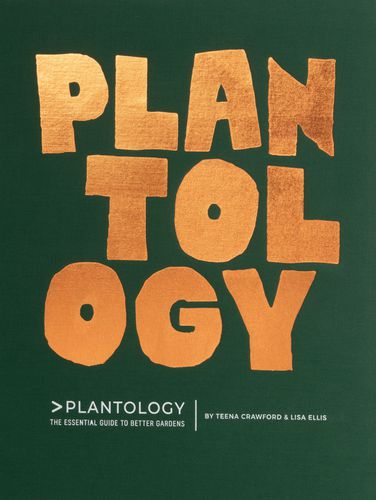
Log in to renew items and check holds.
User ID: Student ID or Staff ID (eg. 100XXXXXX)
Password: Date of birth (DDMMYYYY) (e.g. 18 December 1991 is 18121991)
In this guide you can find:

 Plantology: The Essential Guide to Better Gardens
by
Teena Crawford; Lisa Ellis
Showcases more than 180 proven plant species illustrating why and how they can be used to deliver exceptional results. Includes advice and encouragement on how to achieve better ‘designed’ outcomes in ornamental gardens, and it is packed with information and cross-referencing tools to elevate both aesthetics and performance of ornamental plant species. Also features a plant thesaurus with lists of synonymous plant aesthetics and tolerances.
Plantology: The Essential Guide to Better Gardens
by
Teena Crawford; Lisa Ellis
Showcases more than 180 proven plant species illustrating why and how they can be used to deliver exceptional results. Includes advice and encouragement on how to achieve better ‘designed’ outcomes in ornamental gardens, and it is packed with information and cross-referencing tools to elevate both aesthetics and performance of ornamental plant species. Also features a plant thesaurus with lists of synonymous plant aesthetics and tolerances.
 Field Guide to Australian Fungi
by
Bruce Alexander Fuhrer
his book aims to encourage interest in the study of fungi and to assist in the identification of fruit bodies. Many of the species illustrated are widely dispersed in Australia and some also occur overseas. The increasing use of wood chips as garden mulch has led to the appearance of many interesting fungi in suburban gardens and parks. Some species are associated with particular habitat types or plant associations and several exotic species have spread because of their association with particular trees.
Field Guide to Australian Fungi
by
Bruce Alexander Fuhrer
his book aims to encourage interest in the study of fungi and to assist in the identification of fruit bodies. Many of the species illustrated are widely dispersed in Australia and some also occur overseas. The increasing use of wood chips as garden mulch has led to the appearance of many interesting fungi in suburban gardens and parks. Some species are associated with particular habitat types or plant associations and several exotic species have spread because of their association with particular trees.